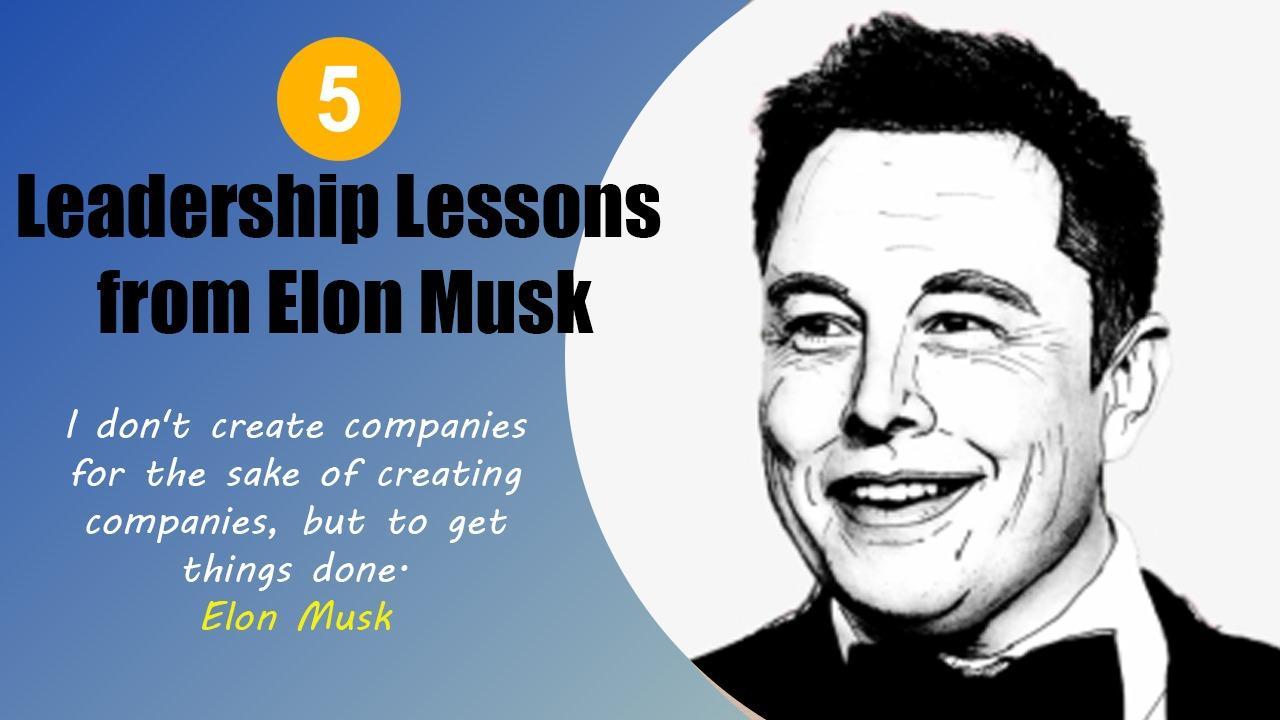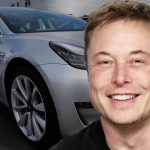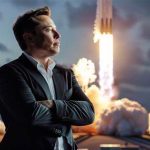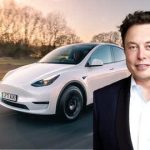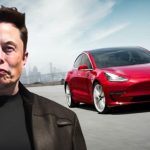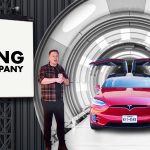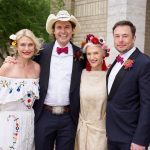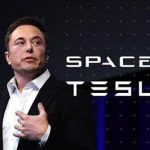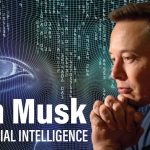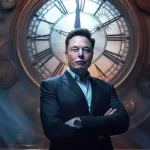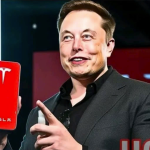Elon Musk: Leadership and Management Approach
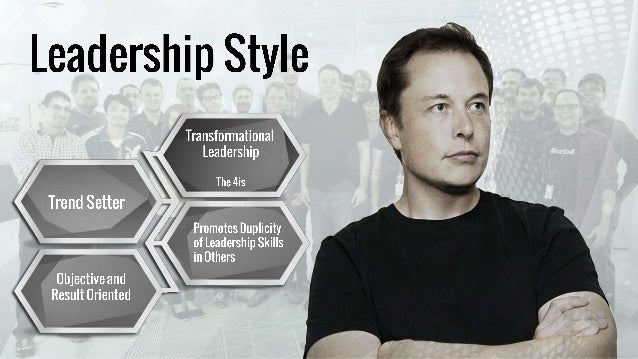
Elon Musk: Leadership and Management Approach
How Elon Musk Manages Major Companies Like SpaceX and Tesla, and His Leadership Style
Elon Musk’s stewardship of SpaceX, Tesla, and his sprawling empire is a masterclass in high-stakes, high-energy leadership—a cocktail of hands-on intensity, unyielding vision, and a rulebook-shredding approach that’s as polarizing as it is potent. By 2025, he’s catapulted SpaceX to a $350 billion valuation with 300+ launches under its belt and driven Tesla to a $1 trillion empire with 5 million electric vehicles (EVs) sold. Musk doesn’t just manage—he rewires industries, prioritizing speed, innovation, and results over polished processes or cozy consensus. His style—demanding, direct, and deeply immersive—has birthed reusable rockets, mass-market EVs, and a $200 billion personal fortune, all while sparking awe and critique in equal measure. Let’s dissect how Musk leads, from his core principles to the gritty realities of his approach.
Core Principles of Musk’s Management 🌌
Musk’s management isn’t a textbook play—it’s a philosophy forged in physics, grit, and a refusal to settle. Here’s the bedrock:
- First Principles Thinking
Musk tackles problems like a scientist, stripping them to their bare essentials. “Reason from basic truths—don’t just copy what’s out there,” he’s said, per a 2014 Forbes chat. At SpaceX, this meant questioning why rockets cost $200 million—answer: they didn’t have to. He built reusable Falcon 9s from scratch, slashing costs to $2,000/kg by 2025. At Tesla, he reimagined battery production, ditching cobalt-heavy designs for cheaper, denser cells—costs dropped 90% since 2010. It’s not tweaking; it’s rethinking from square one. - Relentless Work Ethic
Musk’s clock doesn’t tick like ours—80-100-hour weeks are his norm. He’s slept on Tesla’s factory floor (2018’s Model 3 crunch), lived in a shack near SpaceX’s Starbase (2025), and tweeted, “If you’re not working harder than the competition, you’re losing.” He expects the same from his teams—SpaceX engineers pulled all-nighters for 2024’s 134 launches; Tesla staff churned through “production hell.” It’s brutal, but it’s baked into his DNA—back at Zip2 in 1995, he coded 20-hour days. - Bias for Action
Speed is king—Musk’s “fail fast, fix faster” ethos drives Starship’s explosive tests (15+ crashes since 2021) and Tesla’s rapid model rollouts. “Perfection is the enemy of progress,” he told Wired in 2012. Decisions don’t languish in committees—he makes them mid-flight, tweaking SpaceX avionics or Tesla’s Full Self-Driving (FSD) code on the spot. It’s chaos with purpose—Starship’s 2025 orbital success owes its wings to those fiery flops.
How He Manages SpaceX and Tesla 🚀
Musk doesn’t delegate from a corner office—he’s in the trenches, shaping every bolt and byte. Here’s how he runs the show:
- Hands-On Involvement
- SpaceX: Musk’s not just the boss—he’s the lead tinkerer. He’s coded flight software (Falcon 1’s 2008 win), redesigned Starship’s heat shield (2023 tweaks), and lives at Starbase, where he’s watched 134 launches in 2024. Engineers recount him debugging at 3 a.m., coffee in hand, yelling, “Make it work!” His fingerprints are on every rocket—Falcon 9’s 200 landings by 2025 are his obsession made metal.
- Tesla: During 2017’s Model 3 “production hell,” Musk slept on a couch by the assembly line, tweaking robotics and yelling at bottlenecks. He’s rewritten FSD algorithms, redesigned battery cells (4680 format, 2021), and driven 5 million EV sales by 2025. Ex-Tesla engineer Wes Morrill said, “He’s the guy who’ll grab a wrench if it speeds things up.”
- Flat Hierarchy
Musk despises bureaucracy—“Too many layers slow us down,” he’s griped. SpaceX and Tesla run lean—engineers email him directly, skipping middle managers. “Anyone can reach me,” he told Inc. in 2018. At SpaceX, a propulsion lead might pitch to Musk over breakfast; at Tesla, a coder’s bug fix lands in his inbox. It cuts red tape but cranks pressure—staff know the boss is watching, always. - Vertical Integration
Musk hates outsourcing—SpaceX builds 90% in-house, from engines to Starlink satellites, speeding tweaks (Falcon 9’s Merlin engine evolved yearly). Tesla’s Gigafactories churn batteries, motors, even chips (D1 for FSD, 2021), slashing costs 90% since 2010—$100/kWh by 2025. He’s fired vendors mid-project—SpaceX ditched a slow supplier in 2006—keeping control tight. It’s costly upfront but pays off in agility. - High Expectations
Deadlines are Musk’s whip—FSD’s “next year” tease (unmet since 2016), Starship’s Mars goal (2029), Tesla’s million-car years (hit 2024). “We’re not here to mess around—deliver or leave,” he’s barked at Tesla staff, per a 2018 leak. SpaceX’s 2024 launch spree—134 missions—left teams sleepless; Tesla’s Shanghai plant churned 1 million cars in 11 months. Turnover’s high—20% yearly at Tesla—but output’s higher: 300+ SpaceX missions by 2025.
Musk’s Leadership Style 🔥
Musk’s leadership isn’t polished—it’s raw, relentless, and magnetic. Here’s the DNA:
- Visionary Taskmaster
He sells a cosmic dream—Mars colonization for SpaceX, Earth’s salvation for Tesla. “We’re changing history,” he’s rallied teams, per ex-Tesla VP Colin Campbell: “He makes you believe, then works you to death.” SpaceX staff cheer Starship blasts; Tesla’s celebrate million-car milestones. It’s inspiration with a catch—total commitment or bust. - Direct and Blunt
Musk doesn’t coddle—emails slam “stupid” ideas or “unacceptable” delays (a 2017 Tesla memo went viral). At X, post-2022’s $44 billion buyout, he axed 50% of staff in days, tweeting, “We’re lean now.” Subordinates brace for his candor—SpaceX’s Gwynne Shotwell softens it—while fans call it “real.” A 2023 X engineer said, “You know where you stand—always.” - Lead by Example
Musk risks it all—$100 million into SpaceX (2002), $35 million to save Tesla (2008)—and grinds alongside his crew. His 375-square-foot Texas shack near Starbase screams, “I’m all-in.” He’s coded PayPal in ’99, slept under desks at X.com, and pulled Tesla shifts in 2018. “If I’m not suffering, why should you?” he’s hinted on X. It’s not delegation—it’s demonstration. - Innovation Driver
Complacency’s his enemy—“If it’s not cutting-edge, it’s not worth doing,” he told Bloomberg in 2020. SpaceX’s 200 landings, Tesla’s Dojo AI supercomputer (2021), Starlink’s 4,000 satellites by 2025—all push limits. He’s demanded Tesla’s Cybertruck defy physics (it didn’t—glass smashed in ’19), fostering a culture of relentless tinkering.
Strengths and Impact 🌍
Musk’s style delivers—big time:
- Breakthrough Results: SpaceX’s $2,000/kg launch cost (vs. $20,000 industry norm) and Tesla’s 25 million tons of CO2 cut by 2025 are his grit in action. His $200 billion net worth reflects value forged—SpaceX’s $350 billion, Tesla’s $1 trillion.
- Industry Pace-Setter: Rivals react—Boeing apes reusability with Starliner, Ford chases Tesla with Mach-E. Musk’s lean, fast game—300+ SpaceX missions—sets a new bar; aerospace and auto lag without his tempo.
- Loyalty and Inspiration: Teams endure his fire for the cause—SpaceX engineers fist-bump post-launch; Tesla’s toast million-car years. His X cries—“Next stop, Mars!”—spark passion, binding staff to his orbit.
Criticisms and Challenges ⚖️
It’s not all rosy—Musk’s approach has cracks:
- Burnout Culture: Ex-staff cite exhaustion—80-hour weeks, sleepless crunches. A 2021 Tesla survey leaked “unsustainable pace”; SpaceX’s turnover spikes post-launch marathons (25% in 2024). “You’re a cog or you’re out,” a former SpaceX tech told Wired.
- Overpromising: Hype bites back—FSD by 2019? Nope. X’s instant fix post-2022? Ads tanked $1 billion in 2023. Critics say he chases headlines over realism; he counters, “Deadlines are guesses—results count.”
- Centralized Control: Micromanaging—vetoing Tesla designs, rewriting X code—clogs flow. X’s 2023 ad crash tied to his snap cuts; SpaceX delays (Starship’s 2021 slips) trace to his tweaks. One brain can’t scale forever.
The Musk Leadership Blueprint 🌟
Musk manages like he dreams—fast, fierce, and fearless. He’s the pulse of SpaceX and Tesla, coding at dawn, sleeping on floors, and preaching a future worth bleeding for. His style—blunt, hands-on, visionary—delivers Starlink’s 4,000 satellites, Tesla’s $1 trillion empire, and a legacy that’s less about comfort and more about conquest. He’s risked $135 million of his own cash (SpaceX, Tesla bailouts), lived in a $50,000 shack (2025), and pushed teams to 134 launches in a year—all while tweeting, “Work like hell.” Love it or hate it, Musk’s blueprint proves conventional won’t cut it when you’re aiming for Mars—or remaking Earth. It’s not management; it’s a mission, and he’s all-in, dragging the world along for the ride.
